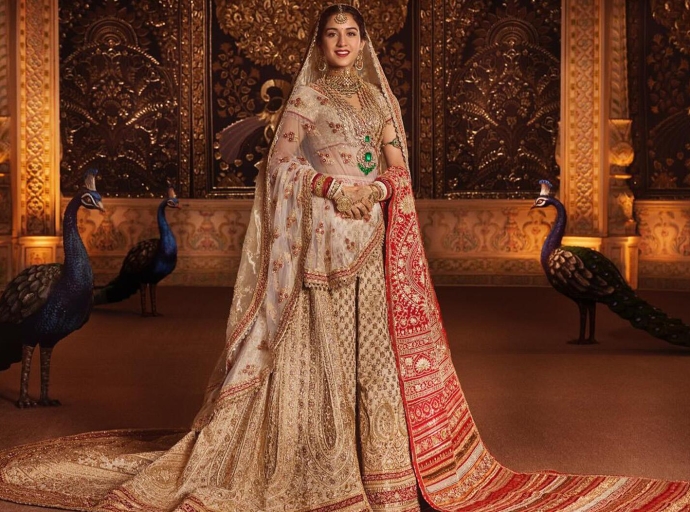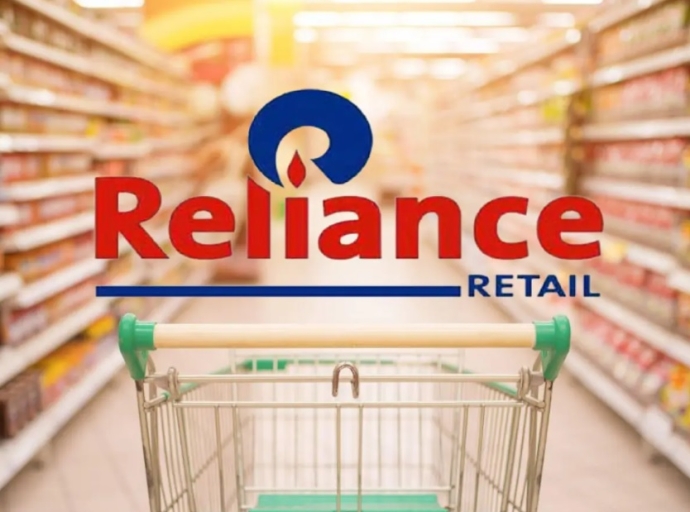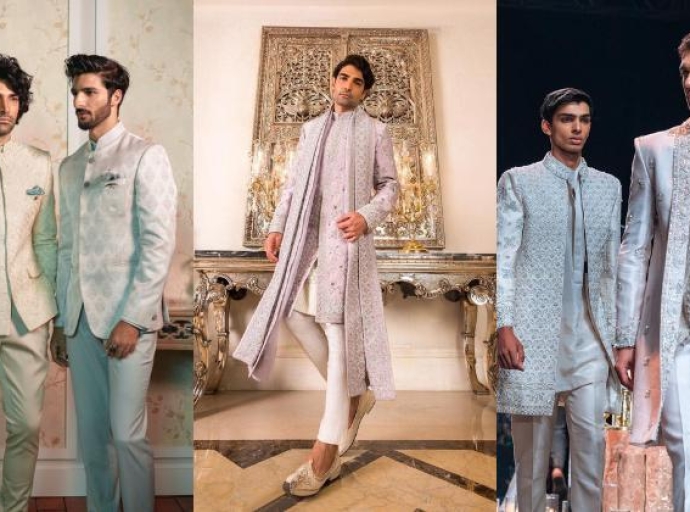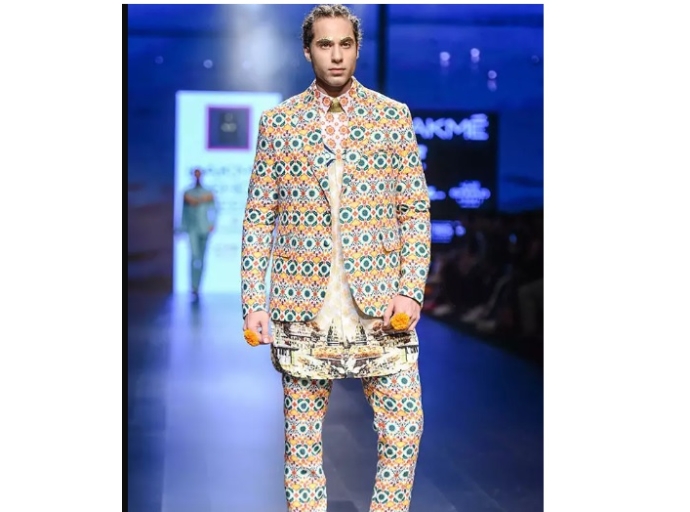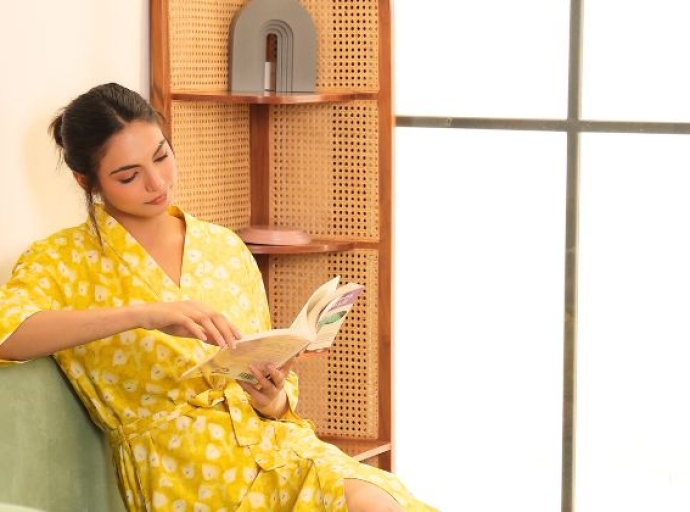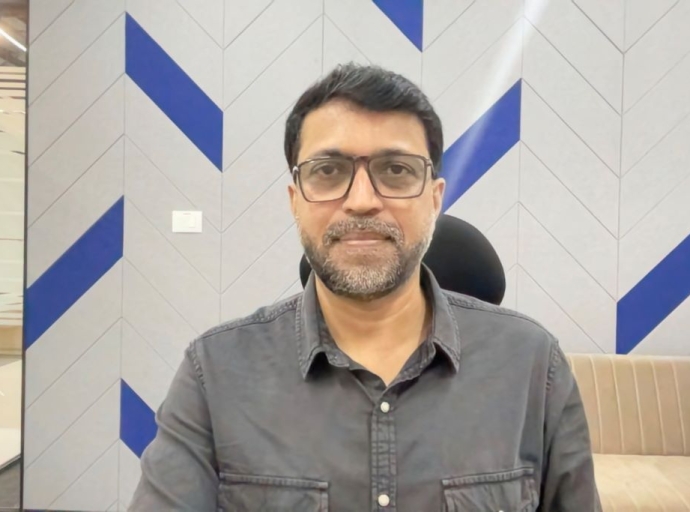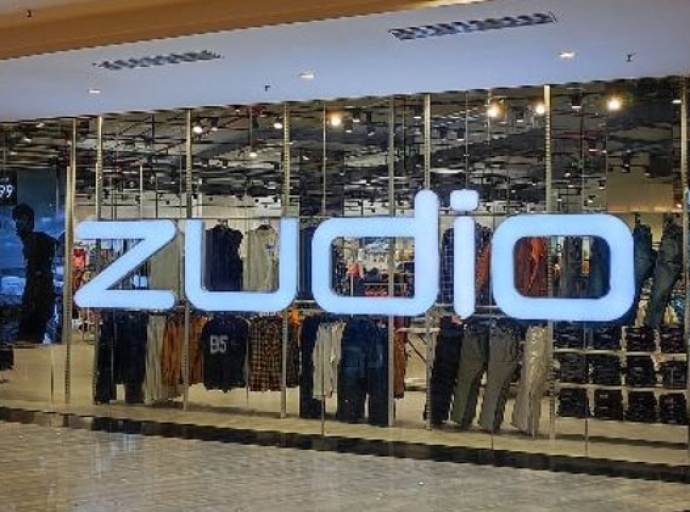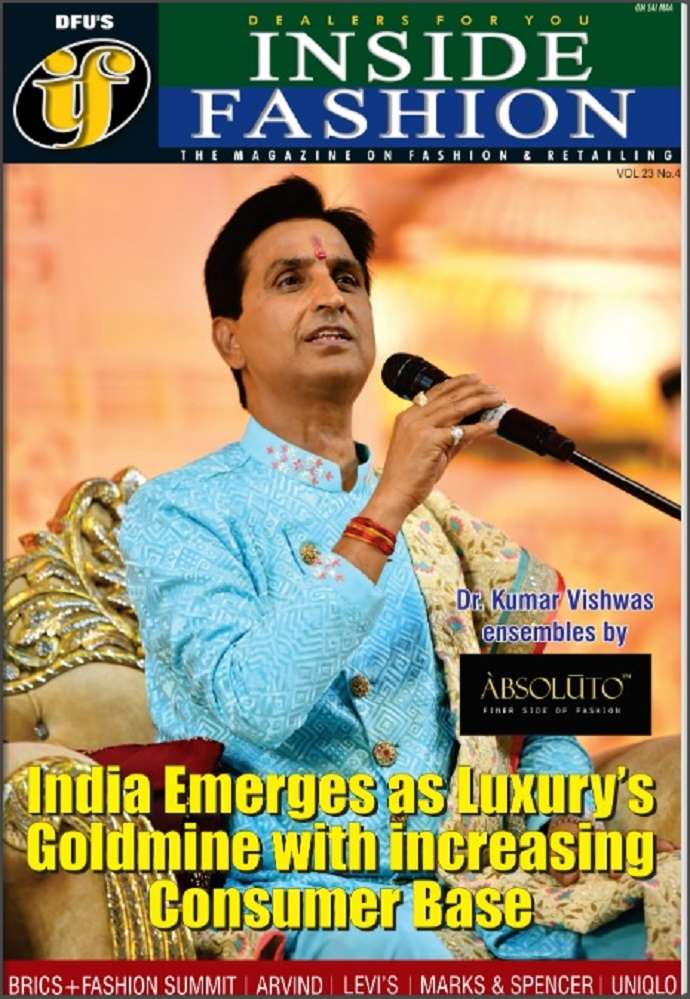22 July 2024, Mumbai
Shein is collaborating with Reliance Retail to re-enter in the Indian market. The e-commerce company will retail its products through Reliance Retail's apps and physical stores. All its data and operations will be managed by Reliance, ensuring compliance with Indian regulations, which was a key factor in getting government approval for Shein's comeback. Shein’s parent company will receive a licence fee as a share of profits generated within India.
Reliance Retail's fashion ecommerce app, Ajio will serve as the exclusive storefront for Shein, competing with platforms like Myntra, Nykaa Fashion, and Flipkart. Holding around 30 per cent market share, Ajio will provide a significant boost to Shein's visibility and sales in India. The partnership also includes sourcing goods from India for Shein’s global operations, promoting domestic industries.
Shein's previous exit from India in 2020, due to a government ban on Chinese apps and products over data security concerns, left a significant gap in the market. Despite the ban, Shein continued its global rise, becoming the world's largest online-only fashion company by 2022. Valued at $10 billion, Shein captured nearly a fifth of the global fast-fashion market, outpacing established giants like Zara and H&M.
Shein had made a substantial impact in India since its launch in 2018, dominating online searches and influencer content in the country. The ban halted this momentum, and several local brands, including Urbanic and The Souled Store, tried to fill the void but couldn't match Shein’s popularity. Reliance Retail’s partnership with Shein aims to leverage this untapped potential.
Market experts attribute Shein's success to its data-driven approach. They believe, competing with Shein will be challenging for local D2C brands, but it could also spur innovation and growth in the industry. Backed by Reliance's resources and extensive market reach, Shein's return is poised to reshape the fast fashion landscape in India, potentially setting a new standard.



